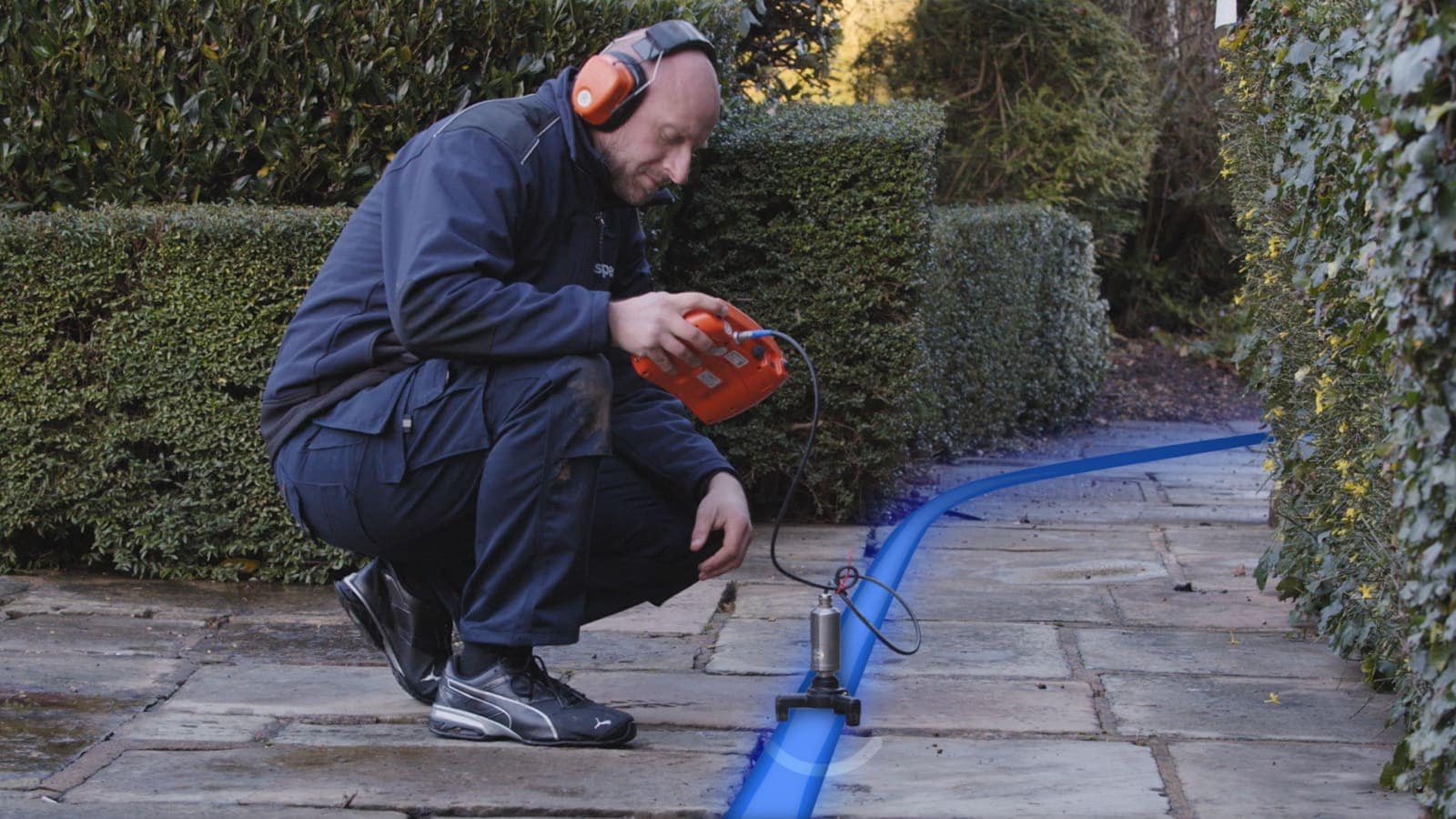The Importance of Routine Water Leak Detection for Long-Term Home Defense
The Importance of Routine Water Leak Detection for Long-Term Home Defense
Blog Article
Innovative Solutions for Very Early Detection of Water Leakages in Structures and Facilities
As the integrity of structures and facilities is vital, the challenge of very early detection of water leakages has spurred ingenious solutions that guarantee to revolutionize the method we safeguard against possible damages. From cutting-edge leak discovery technologies to the implementation of IoT sensors for real-time tracking, the landscape of leakage prevention is evolving swiftly. Artificial intelligence algorithms use a glance into the future of leak forecast, while thermal imaging offers a non-intrusive method for identifying surprise leakages. Automated water flow evaluation systems are reshaping how leakages are identified and addressed, leading the way for a proactive strategy to water leakage detection. Each of these remedies holds the essential to ensuring the reliability and durability of our developed atmosphere, prompting a shift towards a more sustainable and reliable future.
Advanced Leak Detection Technologies
Advanced leak discovery innovations, geared up with advanced sensing units and algorithms, play a crucial duty in swiftly determining and determining water leaks in different setups. These innovations utilize a mix of acoustic, thermal, and electro-magnetic picking up approaches to identify leakages precisely. Acoustic sensors detect the audio of running away water, allowing for precise localization of the leakage resource. Thermal imaging discovers temperature changes triggered by water leak, giving an additional efficient method for leakage recognition. Electromagnetic sensing units can determine changes in electromagnetic areas created by water, providing yet another layer of leakage detection capacity.

IoT Sensors for Real-Time Tracking
In the realm of contemporary water leakage detection, the integration of IoT sensors for real-time tracking stands for a pivotal innovation in boosting aggressive leak discovery capabilities. These sensors offer continual surveillance of water supply, providing real-time data on water flow rates, pressure variations, and temperature changes. By leveraging IoT innovation, these sensing units can detect even the smallest abnormalities in water usage patterns, enabling very early identification of prospective leaks before they escalate into major issues.
IoT sensors transmit data to a centralized platform, where sophisticated algorithms evaluate the information and generate notifies or notices when irregularities are identified. This real-time monitoring capability allows residential property owners or center supervisors to immediately attend to leaks, reducing water damage, lowering fixing expenses, and saving water resources.
Furthermore, IoT sensing units can be incorporated with building management systems, permitting for automatic reactions to detected leaks, such as shutting down water valves or activating pumps to minimize the effect of leaks. On the whole, the application of IoT sensing units for real-time tracking significantly boosts the efficiency and effectiveness of water leakage detection in structures and infrastructure.
Artificial Intelligence Algorithms for Leakage Forecast

One secret benefit of making use of artificial intelligence for leakage forecast is its capacity to constantly find out and improve its precision with time. As more data is accumulated and fed right into the browse around this site formula, it can improve its predictions and adjust to transforming conditions, ultimately enhancing the dependability of leak detection systems.
Moreover, artificial intelligence algorithms can help in identifying refined signs of leakages that might go unnoticed by standard tracking methods. water leak detection. By examining intricate data embed in real-time, these formulas can provide very early cautions and alerts, enabling prompt treatment and preventive maintenance to minimize potential water damages and connected prices
Utilizing Thermal Imaging for Leak Discovery
Thermal imaging modern technology provides an appealing technique for identifying water leaks in various systems and frameworks. By utilizing useful reference infrared radiation and temperature variances, thermal imaging cameras can identify covert leaks that are not easily visible to the nude eye.
One of the vital benefits of thermal imaging for leakage detection is its non-intrusive nature. Unlike typical approaches that might require getting into wall surfaces or floorings to situate leaks, thermal imaging allows for non-destructive testing. This not only saves time and decreases costs but also minimizes disturbance to the structure or infrastructure being evaluated. Additionally, thermal imaging can quickly check huge areas, offering an extensive overview of possible leak sources in a timely fashion. Generally, using thermal imaging technology enhances the effectiveness and precision of water leak discovery, making it a beneficial device for maintaining the honesty of structures and infrastructures.
Automated Water Circulation Analysis Systems
Exactly how can automatic water circulation evaluation systems reinvent the detection and administration of leaks in numerous systems and infrastructures? Automated water circulation analysis systems use an aggressive technique to leakage discovery by continually monitoring water flow prices and patterns. By developing baseline information, these systems can promptly determine inconsistencies that may indicate a leak, enabling timely treatment to stop considerable damages.
These systems make use of advanced formulas to click site evaluate real-time information and give immediate notifies when abnormalities are identified, permitting for swift activity to be taken. Additionally, computerized water circulation evaluation systems can be incorporated with structure management systems or IoT platforms, boosting total performance and allowing remote surveillance capacities.
Furthermore, the information accumulated by these systems can be made use of for anticipating upkeep objectives, aiding to recognize possible powerlessness in the framework prior to leaks happen. In general, the implementation of computerized water circulation evaluation systems can substantially enhance leak detection and management techniques, inevitably causing set you back financial savings, minimized water waste, and increased sustainability in structures and facilities.

Verdict
To conclude, the assimilation of advanced leak detection innovations, IoT sensors, artificial intelligence formulas, thermal imaging, and automatic water circulation analysis systems offers innovative solutions for early detection of water leakages in structures and framework. These modern technologies make it possible for real-time surveillance, forecast of leaks, and effective detection techniques to avoid water damage and wastage. Executing these solutions can aid in keeping the honesty and sustainability of water supply in different settings.
Report this page